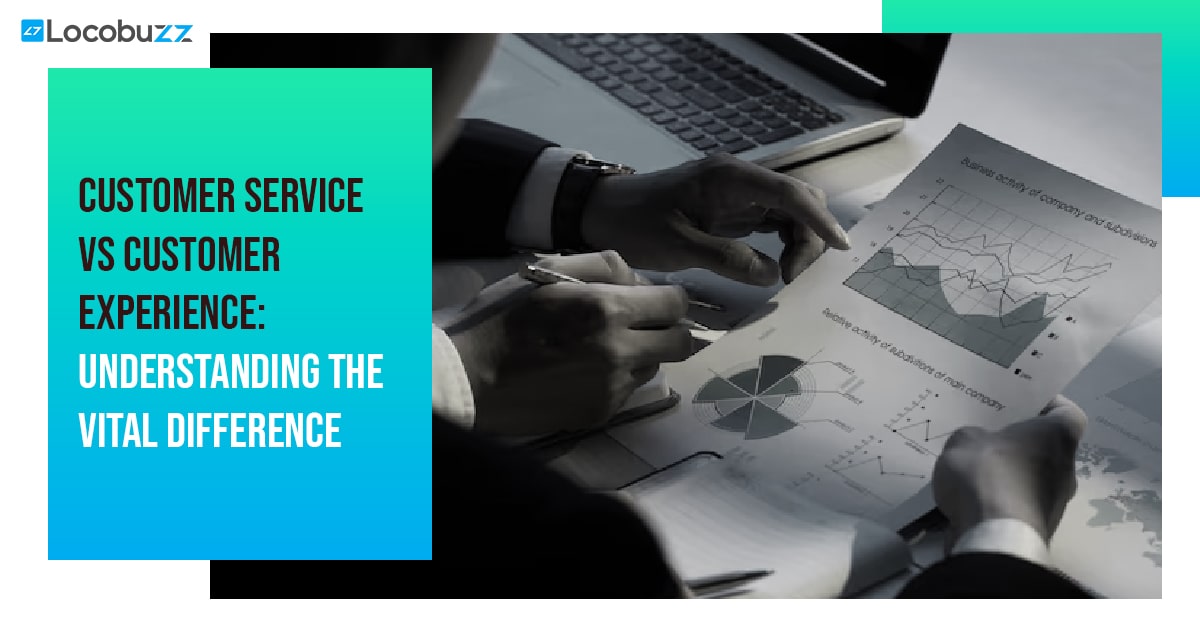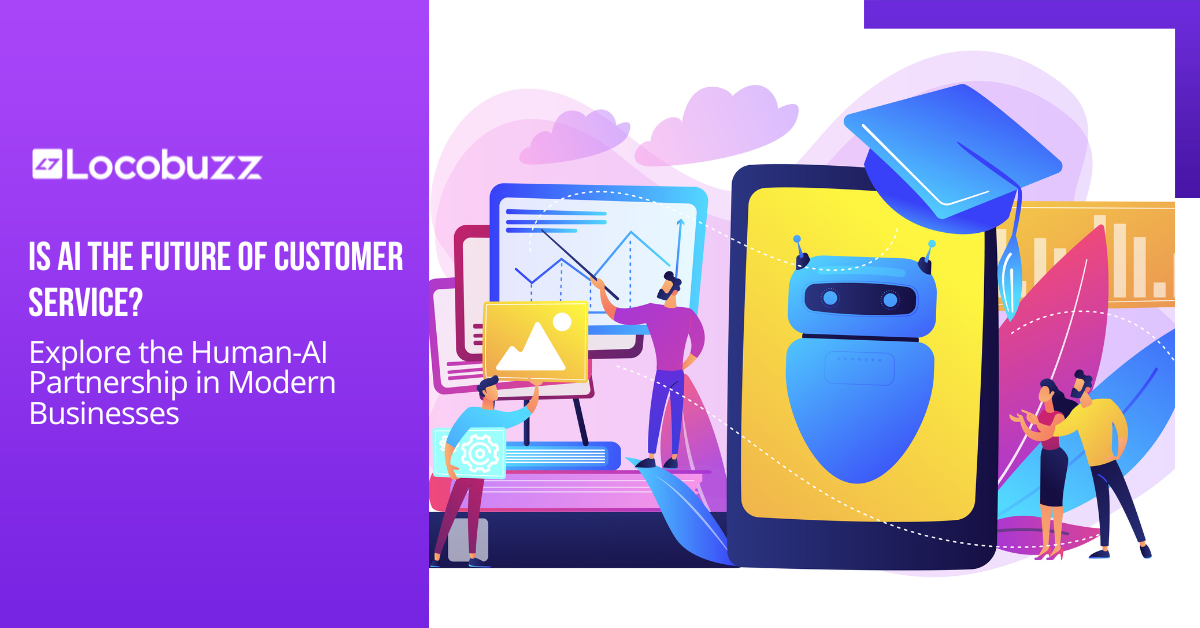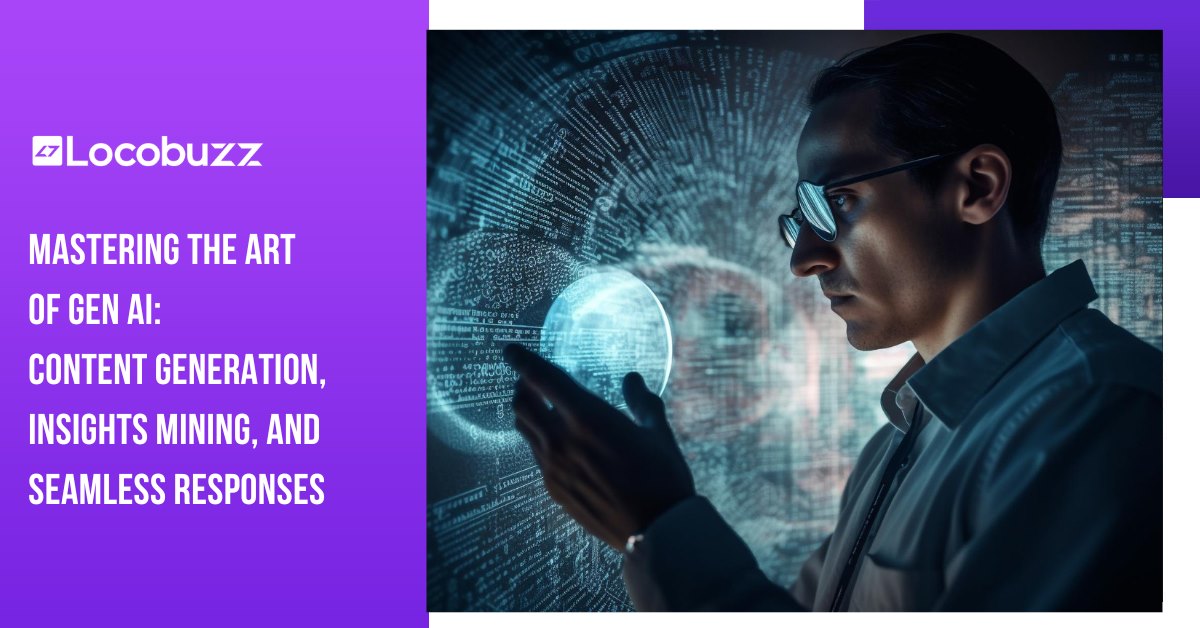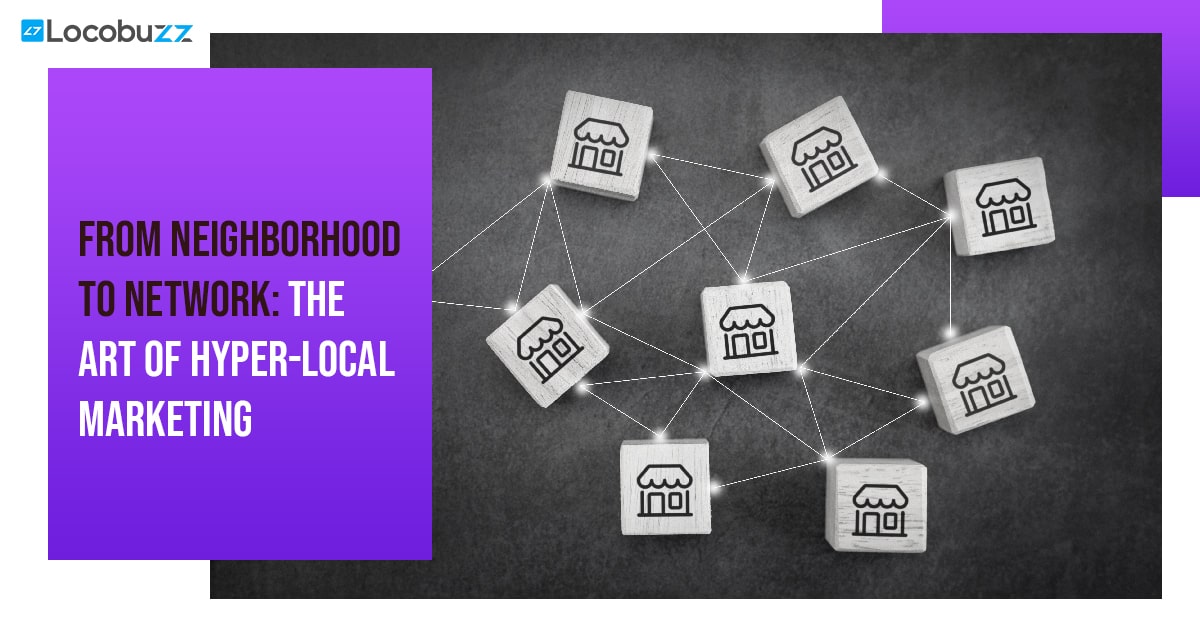Customer Service vs Customer Experience: Understanding the Difference
Table of Contents
 In today’s business landscape, the terms “customer service” and “customer experience” are often used interchangeably. However, they represent two different concepts that play a crucial role in the success of any business. Understanding the difference between the two can help organizations to provide better customer support and enhance overall customer satisfaction.
In today’s business landscape, the terms “customer service” and “customer experience” are often used interchangeably. However, they represent two different concepts that play a crucial role in the success of any business. Understanding the difference between the two can help organizations to provide better customer support and enhance overall customer satisfaction.
What is Customer Service?
Customer service is a crucial element of any business that wants to build strong relationships with its customers. It involves providing support to customers throughout the entire customer journey, from the moment they first become interested in your product or service to well after they make a purchase.
Good customer service requires businesses to be responsive to customer inquiries, provide accurate and timely information, and address any issues or concerns that customers may have. It’s essential to create a positive experience for customers by showing that you value their business and are willing to go above and beyond to ensure their satisfaction.
Some examples of good customer service include providing a seamless checkout process, offering personalized assistance, and responding quickly to customer inquiries. When businesses provide excellent customer service, they can build strong customer loyalty, increase customer satisfaction, and generate positive word-of-mouth referrals.
Why is Customer Service Important?
Customer service is a vital aspect of any business, as it plays a critical role in building and maintaining strong customer relationships. Good customer service is essential for several reasons, including:
- Building customer loyalty: When customers receive excellent service, they are more likely to feel valued and appreciated by your business. This can lead to increased customer loyalty and repeat business, which can help to sustain your business over the long term.
- Enhancing brand reputation: Good customer service can help to create a positive impression of your business and enhance your brand reputation. Customers are more likely to share positive experiences with others, leading to increased word-of-mouth referrals and brand awareness.
- Increasing customer satisfaction: When customers receive prompt and efficient service, they are more likely to feel satisfied with their overall experience with your business. This can lead to higher customer satisfaction rates and positive reviews.
- Boosting sales and revenue: By providing excellent customer service, businesses can increase customer retention rates and generate repeat business. This can help to boost sales and revenue over time.
Overall, good customer service is essential for businesses of all sizes and industries. It helps to build trust and credibility with customers, creates a positive reputation for your brand, and can lead to increased sales and revenue.
Examples of Customer Service
Challenges of Providing Good Customer Service
What is Customer Experience?
Why is Customer Experience Important?
Examples of Customer Experience
Challenges of Providing Good Customer Experience
The Differences Between Customer Service vs Customer Experience?
While customer service and customer experience are closely related, there are several key differences between the two:
- Focus: Customer service focuses on providing support to customers throughout their interactions with your business. This includes addressing their needs, answering their questions, and resolving any issues they may have. In contrast, customer experience is about creating a positive overall impression of your brand based on the customer’s interactions with your business across all touchpoints, from browsing your website to receiving their purchase.
- Transactional vs. Emotional: Customer service is a transactional experience that focuses on meeting the customer’s immediate needs. It’s about providing efficient and effective support to ensure that the customer’s needs are met. Customer experience, on the other hand, is about creating an emotional connection with the customer by providing a memorable and positive overall experience. It’s about going beyond meeting the customer’s basic needs and creating a positive emotional response that will leave a lasting impression.
- Scope: Customer service typically focuses on specific interactions or touchpoints between the customer and your business, such as a phone call, email exchange, or in-person interaction. In contrast, customer experience encompasses the entire customer journey, from the moment the customer becomes aware of your brand to their post-purchase experience.
- Metrics: Customer service is typically measured by metrics such as response time, resolution time, and customer satisfaction ratings. In contrast, customer experience is measured by metrics such as Net Promoter Score (NPS), customer loyalty, and customer lifetime value.
Overall, while customer service and customer experience are related, they represent different aspects of the customer journey. Customer service is focused on meeting the customer’s immediate needs, while customer experience is about creating a positive emotional connection with the customer across all touchpoints. Both are essential for building strong customer relationships and driving long-term business success.
Customer Service vs Customer Experience: Which Matters More?
Both customer service and customer experience are critical to the success of any business. While good customer service can help to resolve immediate issues and build trust, a great customer experience can create a long-lasting impression and drive customer loyalty. Ultimately, businesses need to focus on providing both excellent customer service and a great customer experience to succeed in today’s competitive landscape.
Research shows that both customer service and customer experience play important roles in driving customer satisfaction and loyalty. According to a study by Forrester Research, customers who have a positive experience with a brand are more likely to recommend it to others, with 72% of customers saying they would share a positive experience with six or more people. In contrast, customers who have a negative experience are more likely to switch to a competitor, with 81% of customers saying they would leave a brand after a bad experience.
However, while both customer service and customer experience are important, they are not interchangeable. Customer service focuses on resolving issues and providing support during specific interactions with customers, while customer experience is about the overall impression that a customer has of your brand based on all of their interactions with your business.
In today’s highly competitive marketplace, where customers have more choices than ever before, businesses that focus on delivering exceptional customer service and a great customer experience are more likely to succeed. By providing a seamless and personalized experience across all touchpoints, businesses can build strong relationships with their customers and drive long-term loyalty and success.
Best Practices for Integrating Customer Service vs Customer Experience
To provide excellent customer service and a great customer experience, businesses need to integrate these two concepts into their overall strategy. Some best practices for doing so include:
- Invest in customer service training for employees.
- Use customer feedback to improve your customer service and customer experience.
- Provide personalized customer support and communication.
- Use technology to streamline and enhance customer interactions.
- Create a customer-centric culture within your organization.
AI as a help in Understanding customer experience and deal with customer services
Artificial intelligence (AI) can help businesses to better understand customer experience and effectively deal with customer services in several ways.
- AI-powered tools can be used to analyze vast amounts of customer data and identify patterns and trends that can provide insights into customer behavior and preferences. This information can be used to create personalized customer experiences and develop targeted marketing strategies that resonate with customers.
- AI can be used to automate customer service interactions, such as answering frequently asked questions and resolving simple issues. This can help businesses to reduce response times and provide customers with 24/7 support.
- AI-powered chatbots and virtual assistants can provide personalized and conversational interactions with customers, helping to improve the overall customer experience. These tools can quickly respond to customer inquiries and provide relevant information, freeing up customer service representatives to handle more complex issues.
- AI can be used to measure customer satisfaction and sentiment, providing businesses with real-time feedback on the effectiveness of their customer service and experience initiatives. This can help businesses to make data-driven decisions and continuously improve their customer service and experience strategies.
By leveraging AI-powered tools and analytics, businesses can gain a deeper understanding of their customers, improve customer experiences, and provide better customer service.
Knowing the user experience and dealing with customer care with Locobuzz
Locobuzz is a social media listening and analytics tool that can help businesses gain insights into both customer service and customer experience. It can help businesses track customer interactions across various touchpoints and channels, including social media, email, and chat.
With Locobuzz, businesses can analyze customer feedback and sentiment to gain a better understanding of their customers’ needs and preferences. They can also track customer satisfaction metrics, such as Net Promoter Score (NPS) and Customer Satisfaction Score (CSAT), to measure the effectiveness of their customer service and experience initiatives.
Locobuzz offers real-time alerts and notifications, allowing businesses to quickly respond to customer inquiries and complaints and provide timely support. This can help improve the overall customer experience and build stronger customer relationships.
Overall, by leveraging the insights and analytics provided by Locobuzz, businesses can gain a better understanding of both customer service and customer experience and make data-driven decisions to improve their customer satisfaction and loyalty.
Final Thoughts
In conclusion, customer service vs customer experience are two critical components of any successful business. While they are related concepts, they represent different aspects of the customer journey.
Understanding the difference between customer service vs customer experience and implementing best practices to integrate them into your overall strategy can help you to provide excellent customer support, enhance customer satisfaction, and drive long-term loyalty. By prioritizing both customer service and customer experience, you can differentiate your business and create a competitive advantage in today’s crowded marketplace.

















